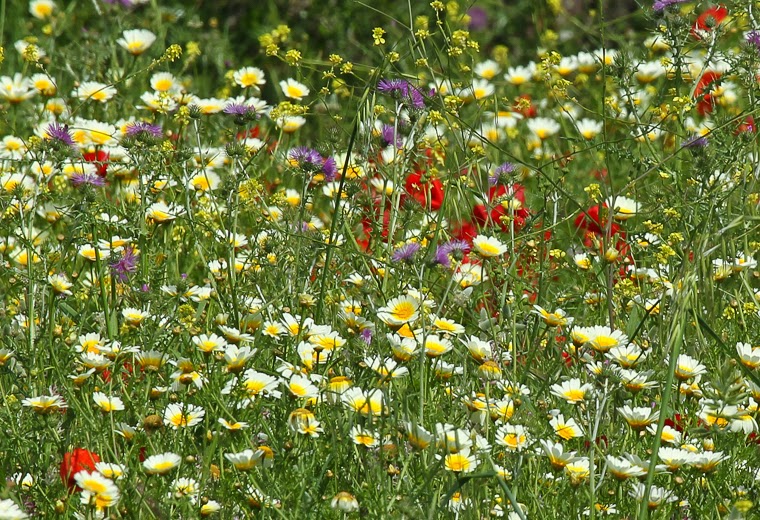Early morning, as we walk through the Tavira salt pans towards the sea, bird song fills the fresh morning air. High above, another aeroplane full of tourists descends into Faro airport. The moon is still in the sky. It is low tide, and waders feed out on the exposed mud flats.
This morning, we are in search of Fiddler Crabs.
This is the area to find the Fiddler Crab, the intertidal zone.
Here is our Fiddler Crab. In southern Portugal, we find their only European foothold (claw hold). From here to Angola in Africa, you can find them. It is also the most abundant crab in the Gambia.
They are reminiscent of vehicles used to explore far-off planets or something from a Mad Max film!
It may look like a battlefield, but there is much more to it. The claw is waved to attract the attention of a female, and at the same time, it is a weapon of aggressive intent to potential rivals.
The Ilha de Tavira lies across the Ria Formosa. The tide has turned between us, and the Wading birds will soon return to the salt pans.
A little Tern hunts its prey on the rising tide.
Returning from the salt pans, we stopped to admire wildflowers.
Little Owls inhabit a derelict building.
Plants grow in the shade of some of these buildings, and we found this family of Sardinian Warblers fresh from the nest.
The male bird arrives with food for his three fledglings.
For these fledglings, this is their first day outside the comfort of that nest and the adult male is kept busy feeding and protecting them.
European Bee-eaters are now arriving. Fatigued by their migration, they rest on the warm sand on the margins of the salines.
With the changing tide, Knots find some salines with water to preen and roost.
The tide is nearly high now, and waders flock onto the salines.
Most birds are heading for these mud banks that separate the salt pans.
Knots, Dunlin and Turnstones find resting places to await the next low tide.
Many species are out here, and we see a magnificent male Grey Plover.
Any island will do for Dunlin and Sanderling to rest.
A Curlew Sandpiper arrives looking for the company of others.
Undisturbed, these birds will settle and sleep while awaiting the tide to ebb.
The tide will make little difference to these superb Little Terns. They will hunt in the deeper saltpans and the sea.
Poised, hanging in the air.
Such concentration.
The prey is sighted, and the Little Tern plummets into the water.
Success! With a quick shake of the wings, it was gone.
Predator and prey.
A Black-winged Stilt shadow dances.
The lengthening shadows beckon; where does the time go when you have a great day out!
Happy Days, indeed!

































No comments:
Post a Comment